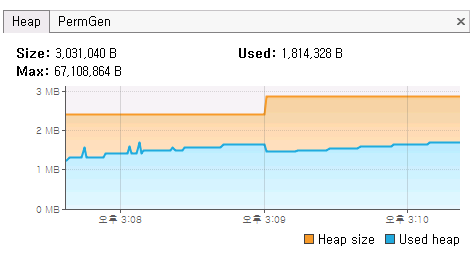fileName = new String(fileName.getBytes("euc-kr"), "iso-8859-1");
System.out.println("latin1 -> euc=kr" + new String(viewFileName.getBytes("latin1") , "euc-kr")) ;
System.out.println("utf-8 -> euc-kr : " + new String(viewFileName.getBytes("utf-8"), "euc-kr"));
System.out.println("utf-8 -> ksc5601 : " + new String(viewFileName.getBytes("utf-8"), "ksc5601"));
System.out.println("utf-8 -> x-windows-949 : " + new String(viewFileName.getBytes("utf-8"), "x-windows-949"));
System.out.println("utf-8 -> iso-8859-1 : " + new String(viewFileName.getBytes("utf-8"), "iso-8859-1"));
System.out.println("iso-8859-1 -> euc-kr : " + new String(viewFileName.getBytes("iso-8859-1"), "euc-kr"));
System.out.println("iso-8859-1 -> ksc5601 : " + new String(viewFileName.getBytes("iso-8859-1"), "ksc5601"));
System.out.println("iso-8859-1 -> x-windows-949 : " + new String(viewFileName.getBytes("iso-8859-1"), "x-windows-949"));
System.out.println("iso-8859-1 -> utf-8 : " + new String(viewFileName.getBytes("iso-8859-1"), "utf-8"));
System.out.println("euc-kr -> utf-8 : " + new String(viewFileName.getBytes("euc-kr"), "utf-8"));
System.out.println("euc-kr -> ksc5601 : " + new String(viewFileName.getBytes("euc-kr"), "ksc5601"));
System.out.println("euc-kr -> x-windows-949 : " + new String(viewFileName.getBytes("euc-kr"), "x-windows-949"));
System.out.println("euc-kr -> iso-8859-1 : " + new String(viewFileName.getBytes("euc-kr"), "iso-8859-1"));
System.out.println("ksc5601 -> euc-kr : " + new String(viewFileName.getBytes("ksc5601"), "euc-kr"));
System.out.println("ksc5601 -> utf-8 : " + new String(viewFileName.getBytes("ksc5601"), "utf-8"));
System.out.println("ksc5601 -> x-windows-949 : " + new String(viewFileName.getBytes("ksc5601"), "x-windows-949"));
System.out.println("ksc5601 -> iso-8859-1 : " + new String(viewFileName.getBytes("ksc5601"), "iso-8859-1"));
System.out.println("x-windows-949 -> euc-kr : " + new String(viewFileName.getBytes("x-windows-949"), "euc-kr"));
System.out.println("x-windows-949 -> utf-8 : " + new String(viewFileName.getBytes("x-windows-949"), "utf-8"));
System.out.println("x-windows-949 -> ksc5601 : " + new String(viewFileName.getBytes("x-windows-949"), "ksc5601"));
System.out.println("x-windows-949 -> iso-8859-1 : " + new String(viewFileName.getBytes("x-windows-949"), "iso-8859-1"));
'일 > Spring' 카테고리의 다른 글
| 대용량 엑셀 다운로드 (0) | 2018.05.03 |
|---|---|
| ehcache 캐시 설정 (0) | 2018.01.11 |
| 스프링 트랜젝션 (transaction context) 설정 (0) | 2018.01.11 |
| JUnit 세팅 방법 및 참고 포스트 (0) | 2018.01.11 |
| mybatis interceptor 를 이용해서 쿼리 로그를 출력/디비에다 저장하기 (0) | 2017.04.27 |










